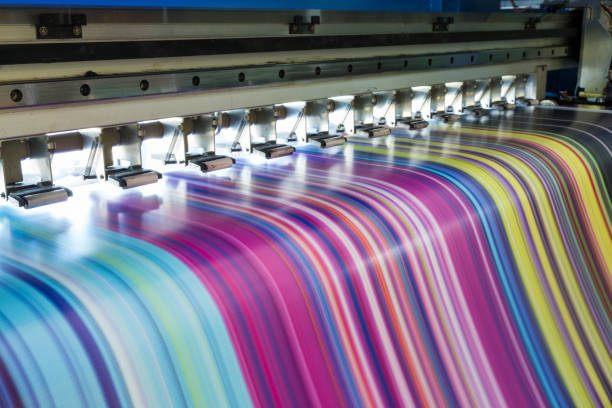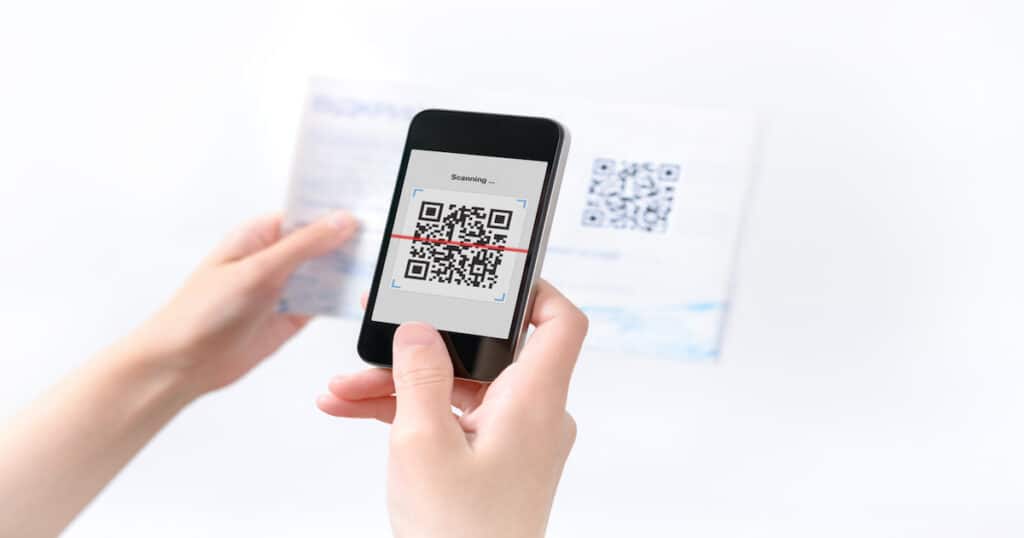
There’s a digital divide between the way that we approach traditional and online print media marketing. It seems as if we’ve segregated into two camps; those who are trying to attract a print audience, and those going for digital natives.
Fortunately, this can’t last. Treating the encroaching digital world as a separate market, rather than one entwined increasingly within our society at large, is a myopic view that’s swiftly being challenged in two main forms.
Firstly, there’s the idea that print is dead, or that traditional advertising methods have been plumbed and found wanting in the new era. This is incorrect, and fails to grasps the inherent strengths within each sphere.
Secondly, recent efforts have been challenging the notion that by stripping out one of the two, you’ll be gaining focus rather than losing cohesion. A successful strategy is multifaceted, and unless you’re trying to appeal to the most niche of audiences (say, within a distinct online community or geographic location), you’ll do better appealing with a wider range all combining in focus towards one goal.
Print Media Complements Digital
89% of Australians shop online, and 6 out of 10 Australians use a combination of digital and traditional advertising to make purchasing decisions, even when those purchases are done digitally.
Online advertising gets people into stores. Print advertising gets people online. If you’re not combining your efforts, you might be losing out on a significant crossover between markets that were previously thought to be static.
This does, however, come with a caveat. Some products sell much more successfully online than offline. Usually, a physical good – particularly a perishable or timed one, or a new release – is much easier to solicit if you’re offline, while a major electronic piece or something someone won’t mind waiting for shipping over can be very effective online.
Where do we draw the line with Print Media v Digital ?
The exact line-in-the-sand where traditional ends and the digital begins is a lot more obvious on paper than it is in practice.
Sales and coupons are a major online to offline purchasing drive. Now consider that with smartphones, a customer can browse online deals while in the store itself.
Your first step in understanding how to approach customers that fall outside of the traditional/digital split (that is to say, currently the savvy ones, and increasingly the bulk of them) is to understand precisely how their consumption patterns fit either. There’s no loyalty to anything other than convenience and cost.Getting the message to them through the channels they’re already using is the only way.
How To Do It
Catalogue
One of the major advantages traditional media has over the digital is in cataloguing and product searching. Consumers across the board still trust physical cataloges a lot more than digital ones, so despite the rise of the digital catalog it might not quite be the time to stop publishing your hard copy.
Consider searching for easy options to bundle the two together. Have a shortlist sheet with every digital order or a link to specials. Place links to online purchasing options for remote customers within a physical copy. Use your space wisely to feed each into each other, because it’s proven that they have a strong offline/online correlation.
QR Codes in Print Media

One of the handy tools to promote this is the QR code. Engagement is hard to promote, and if your customer is forced to type in a long URL on a phone keyboard, they might not bother going along with the sale.
QR codes can be used to bring immediate advertising to a consumer, or simply to send them to a website, app or other purchasing option. They’re a perfect simplification option that stops you needing to devote time and energy to promoting a print line nobody might engage with.
Forget about customised apps
Millennials tend to use less apps, but use them much more frequently. If your store doesn’t strictly need an app, or it does something that can be done by another business, it’s going to be seen as bloatware.
Plenty of business owners invest money developing a special coupon app, and this can work in specific cicumstances, but unless you’re a loyalty buyer for something in your daily routine (pizza or coffee work if you’re consuming them a lot, but an app for soap or student books makes very little sense), skip the app and simply put your voucher or loyalty program on a larger platform.
Gather Data
Audience feedback is great. Audience suggestions can be better. While it’s important to maintain a cohesive vision for your marketing scheme, getting information from your customers on what irks them, what excites them, and what could be easier is the simplest way to get your conclusion.
Gathering data in this method means that you’ll be able to seek solutions that people can vocalise, and find solutions for those that are forming around you before they can be an issue.
Retain your customers
The refrain is that there’s no loyalty in digital marketing. In a digital marketplace, people are ruthless. There’s so many options that there’s little time for brand loyalty with a huge influence base and a proven track record of success.
Print marketing still has this edge. People are unavoidably drawn to physical things over digital at an emotional level (at this time, at least). Combining the convenience of digital with the physical proximity of print is a great way to end up with a stack of people who are both savvy and loyal. At that stage, they’ll be doing your advertising for you.
Promote social media in-store. Promote the store in social media.
A delicious feedback loop. Promote a hashtag, run a promotion, or offer a prize in your store, and drive people to share your social media posts.
This social media reach gives you marketing reach, and alerts people to your store. Run a promotion in store, and you’ll be getting not only the former engagement, but engagement from people who’ve seen your social media. They’ll fold into each other endlessly, snowballing your success.
The right strategy at the right time can send you viral, sure, but most marketing is won in small, incremental steps. Not every campaign has to be pie-in-the-sky.
Looking for more insights and advice on print and digital marketing? Not sure what to do next? Speak to the friendly team of experts at MVP Print today to find out more about how they can kickstart your print and digital marketing campaigns.








